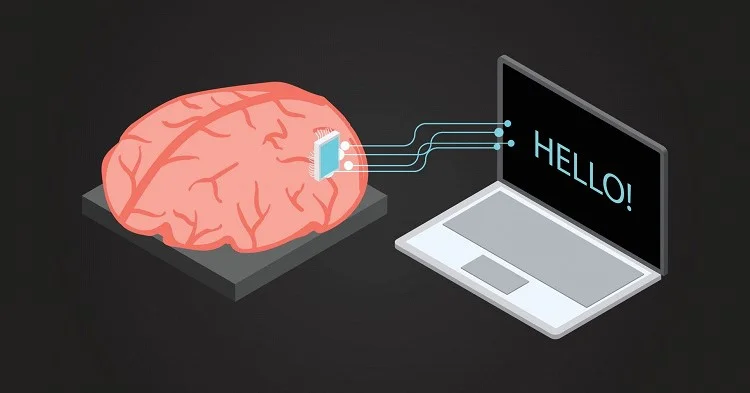Both security teams and cybercriminals are facing their most difficult times yet. The wide range of IT technologies and services available offers companies countless opportunities, but at the same time has led to a larger attack surface. On the other hand, there are now more ways to find out the identity of cybercriminals in ransomware payments, which means they are increasingly trying to stay under the radar.
Understanding the entire IT ecosystem and current risks forms the basis for strengthening security levels and defending against constantly evolving threats. The high variety of IT solutions (silos) is a nightmare for IT security management, as each of them represents a possible entry point. Questions such as what elements are in the IT ecosystem, what patch levels are deployed on each system, which user accounts pose a risk, and whether there are vulnerabilities that require immediate attention often prove difficult to answer.
Discover your digital attack surface
As a first step, it is important to understand which components are part of the broad IT ecosystem. This includes workstations, servers, networks, cloud environments, SaaS applications and even IoT environments linked to the IT domain. All of these elements together form the digital attack surface, which provides potential entry points for unauthorized access.
Once this digital attack surface has been mapped, it is important to know the status of these elements. Do they meet security guidelines? Which software versions are used and do they have possible vulnerabilities? In addition, it is important to find out which modules with vulnerabilities are used by the applications. Answering these questions will help determine a risk profile for your entire IT ecosystem.
Assess your own cyber risk
To effectively manage cybersecurity risks in enterprise environments, it is important to first clearly identify where these potential risks lie. This must be an ongoing process in which current risks are continuously identified. Changes to configurations or the discovery of vulnerabilities in operating systems can suddenly increase the risk. Additionally, changes in user behavior can be an indication of a compromised account. All of this information can lead to immediate action depending on the level of risk.
Proactively limit risks
While identifying and assessing risks across your digital attack surface is critical, it must be accompanied by proactive policies. These policies may include regularly updating deployed software, actively deploying virtual patches, adjusting configurations, or even locking down specific systems or user accounts to immediately reduce risk.
Detection & Response for a timely reaction
It remains crucial to continually monitor suspicious activity and respond appropriately to stop attacks early. Even if proactive measures have not prevented an attack, you can still use detection and response as a reactive solution. On the one hand, the power of a detection and response solution lies in the collection of telemetry data from the entire IT ecosystem, including workstations, servers, cloud and SaaS solutions, networks and IoT environments. On the other hand, it also includes necessary measures, such as isolating a workstation, to stop a ransomware attack.
This is a contribution from Pieter Molen, Technical Director Benelux at Trend Micro. To learn more about the current threat environment and ways to ensure enterprise security, read Trend Micro’s full report here.









![A prosthetic hand has been developed that is fully integrated into the body [Video] A prosthetic hand has been developed that is fully integrated into the body [Video]](https://cdn.webtekno.com/media/cache/content_detail_v2/article/137818/vucuda-tamamen-entegre-olan-protez-el-1697103641.jpg)




